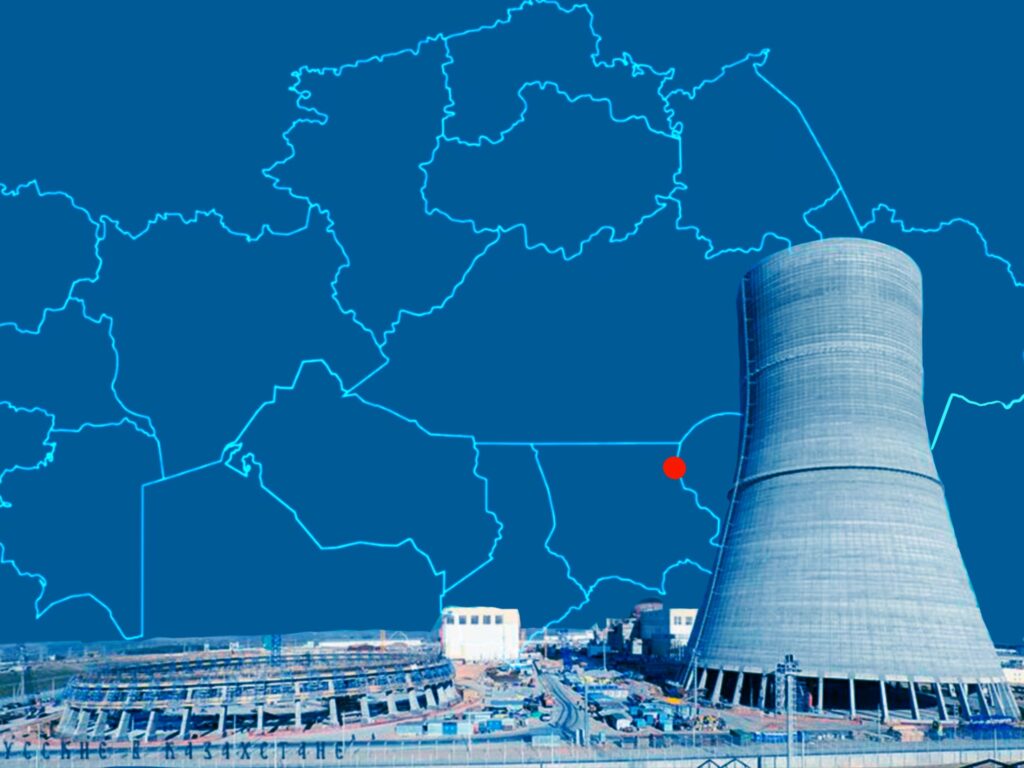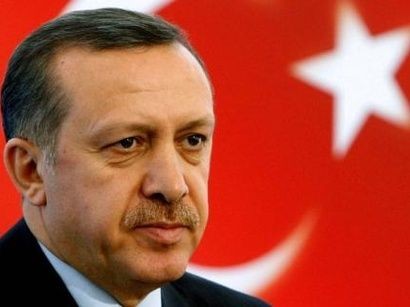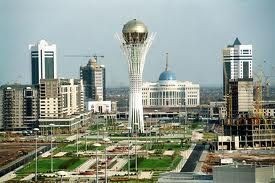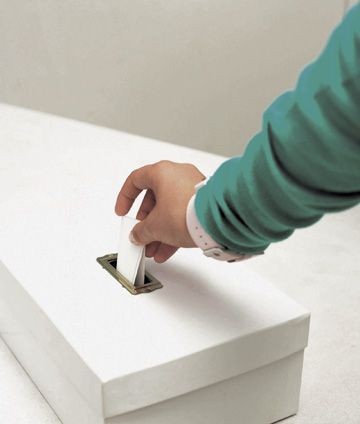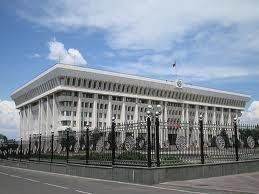Kazakhstan’s Proposed Nuclear Power Plant: a Geopolitical Tightrope amid Environmental Concerns
Renowned for its abundant uranium reserves and expansive mining ventures, Kazakhstan is making substantial progress in the realm of nuclear power. Currently, approximately 60 nuclear reactors are under construction worldwide in 17 countries, and with more in the pipeline, demand for uranium has skyrocketed. Kazakhstan is by far the world's largest producer of nuclear fuel, mining 21,227 tons in 2022, which equates to 43% of global production. Kazatomprom, the national atomic company, is the world's largest uranium producer, with its subsidiaries, affiliates, and joint ventures developing 26 deposits. Russia, Japan, China, Canada, and France are all heavily invested, whilst international agreements exist with a plethora of other nations. Kazakhstan’s inaugural venture into the nuclear field was marked by the BN-350 fast-neutron reactor in Aktau, which ran from 1973 to 1999 before being decommissioned. Now, President Tokayev has announced a referendum will be held to decide whether to build the nation’s first fully-fledged nuclear power plant. "On the one hand, Kazakhstan, as the world's biggest uranium producer, should have its own nuclear power capacity," Tokayev stated. "On the other hand, many citizens and some experts have concerns about the safety of nuclear power plants.” The Proving Ground With Kazakhstan having endured the most contamination of all the former Soviet Republics, anything nuclear is a contentious issue. Between 1949 and 1989, the authorities executed more than 750 nuclear tests in Kazakhstan, the bulk of these, including the USSR’s first successful atomic explosion - codenamed Joe-1 - taking place in the Semipalatinsk Polygon (proving ground) in the north-east of the country. By far the hardest hit area, Semipalatinsk saw 456 tests, which affected two million people across 300 square kilometers. Eager to know what to expect in the event of a nuclear war, in 1957 the Soviets secretly opened Dispensary Number Four in Semipalatinsk. Shipping in spectators - teachers were instructed to have their pupils watch explosions - the facility observed and analyzed the effects of radiation on the populous and reported their findings back to Moscow. In this post-apocalyptic land, elevated levels of cancer, tuberculosis and mental illness persist. Today, people swim in crater lakes left by blasts which dot the steppe, though animals won’t go near the water. With all agriculture banned, a vast swathe of land still remains off-limits. Pregnancies are still screened for possible termination, with 6% of babies born “polygon.” Even in inhabited areas, Geiger counters read over 250; the normal level is just fifteen. In their headlong rush to abandon the empire upon the collapse of the USSR, the Russians left more than an undetonated payload in the mines of Semipalatinsk. As soldiers rioted over conditions and unpaid wages, upon its independence Kazakhstan inherited the fourth largest nuclear arsenal in the world. With Libya’s Colonel Gaddafi sniffing around, it was widely rumored that the Iranians, who the CIA publicly alleged to be “actively shopping,” had offered $300 million for weapons-grade uranium. Arriving in Kazakhstan post-haste, through a combination of threats, the promise of a seat at the international table...


